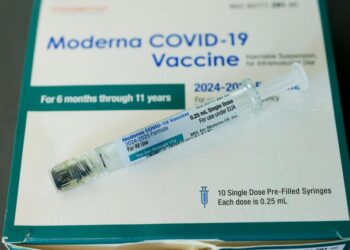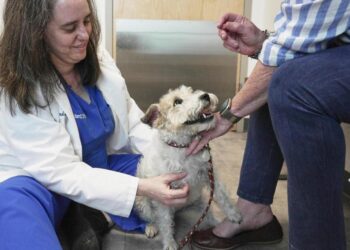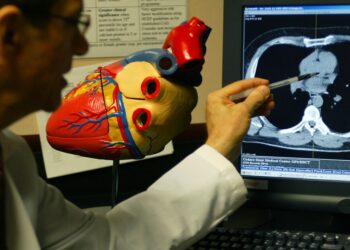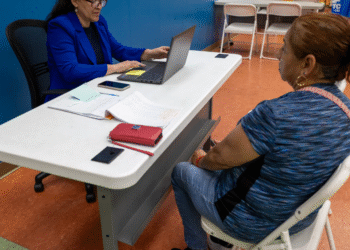By Arthur Allen, KFF Health News
Sue Sheridan’s baby boy, Cal, suffered brain damage from undetected jaundice in 1995. Helen Haskell’s 15-year-old son, Lewis, died after surgery in 2000 because weekend hospital staffers didn’t realize he was in shock. The episodes turned both women into advocates for patients and spurred research that made American health care safer.
On April 1, the Trump administration slashed the organization that supported that research — the Agency for Healthcare Research and Quality, or AHRQ — and fired roughly half of its remaining employees as part of a perplexing reorganization of the federal Health and Human Services Department.
Haskell, of Columbia, South Carolina, has done research and helped write AHRQ-published surveys and guidebooks on patient engagement for hospitals. The dissolution of AHRQ is dislodging scores of experienced patient-safety experts, a brain drain that will be impossible to rectify, she said.
Survey data gathered by AHRQ provides much of what is known about hospitalizations for motor accidents, measles, methamphetamine, and thousands of other medical issues.
“Nobody does these things except AHRQ,” she said. “They’re all we’ve got. And now the barn door’s closed.”
HHS Secretary Robert F. Kennedy Jr. posted on the social platform X on April 1 that layoffs at HHS, aimed at reducing the department’s workforce by about 20,000 employees, were the result of alleged inefficacy. “What we’ve been doing isn’t working,” he said. “Despite spending $1.9 trillion in annual costs, Americans are getting sicker every year.”
But neither Kennedy nor President Donald Trump have explained why individual agencies such as AHRQ were targeted for cuts or indicated whether any of their work would continue.
At their first meeting with the leadership of AHRQ last month, officials from Trump’s Department of Government Efficiency said that they didn’t know what the agency did — and that its budget would be…
Read the full article here







